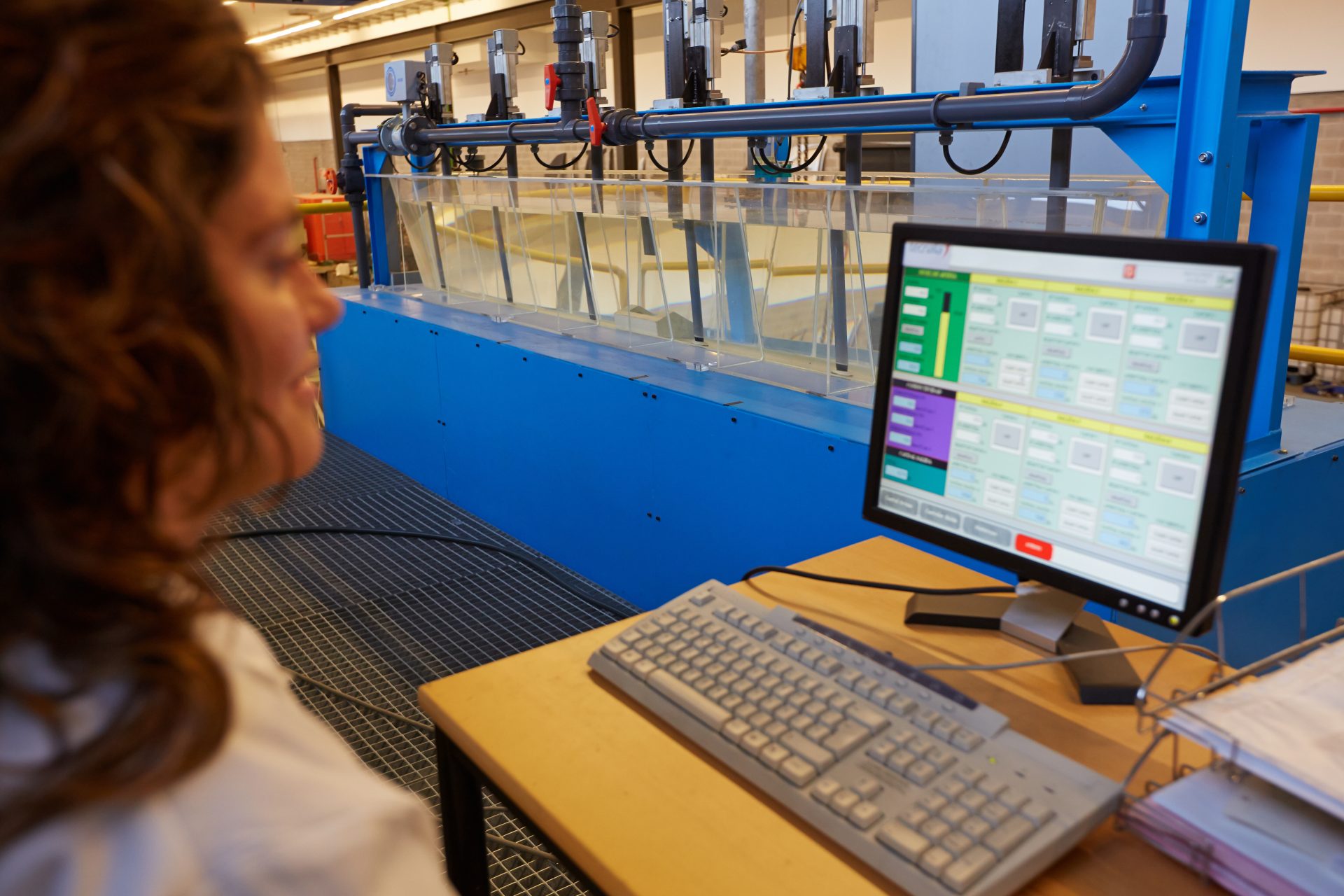Use of water models to analyse the performance of liquid steel, taking advantage of the fluid dynamic similarities between water at ambient temperature and steel at casting temperature.
Physical modelling of steel processes is a powerful tool that is widely used to diagnose, optimise and control operations, as well as for innovation and development of new technologies.
The visual opacity of liquid steel, high temperatures and large scale steel reactors hinder the performance of testing at the plant, so the processes engineer must use physical and/or mathematical models.
The quantitative representation of the steel manufacturing process is of great help todiagnose and understand the phenomenons that dominate the process performance, which provide the basis for optimisation that leads to profit maximisation or the minimisation of production costs.
Through this service, we generate reduced-scale models of the ladle, trough, mould and ingot mould. This enables the influence of the different process parameters (casting speed, slab / billet / round bar dimensions, position of the porous cap, agitation flow, etc.) and the influence of the configuration (anti-vortex plates, low walls, filters, impact boxes, porous cap, feeding tube, etc.) to be analysed.
Aimed at:
- Steel companies or suppliers of equipment.


